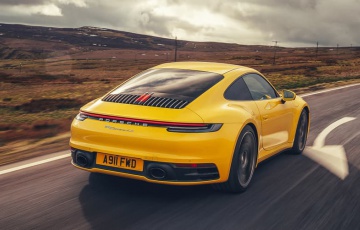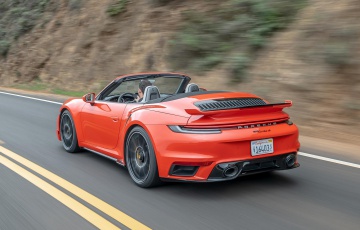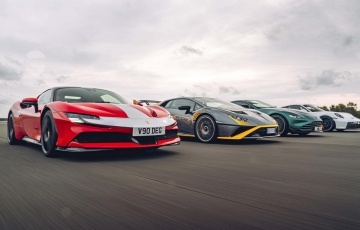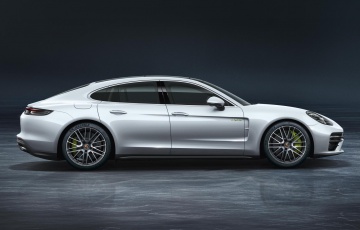Here are six pioneering electric cars
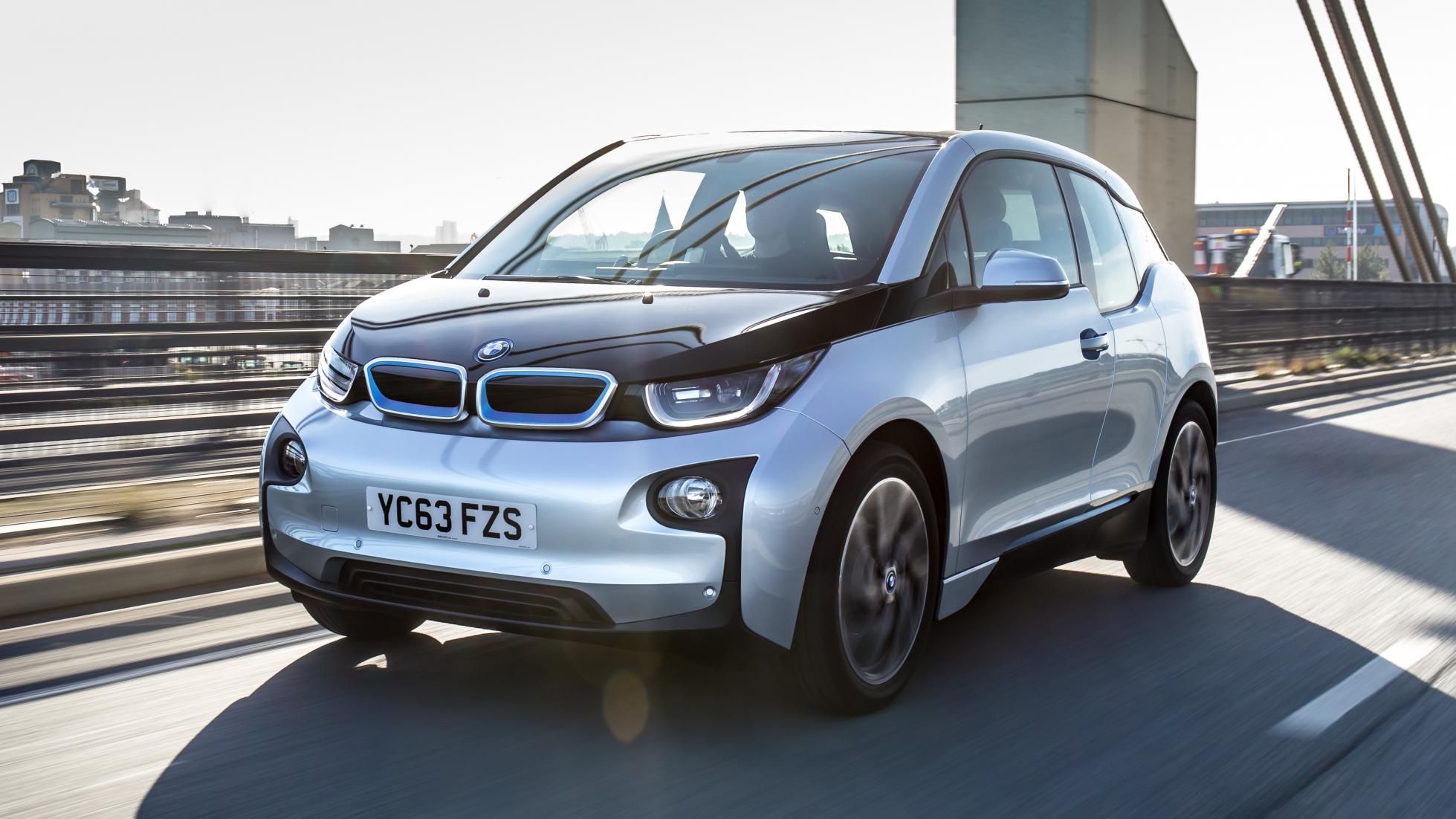
BMW i3 - 2013
The i3 remains the most fascinatingly boffiny affordable EV. Its design makes no attempt to disguise the proportions: tall because the battery’s underneath and narrow to cut frontal area.
Its carbonfibre bodyshell and aluminium chassis frame keep it light, so it can (just) get away with a smallish battery. It’s wonderfully manoeuvrable and glassy in traffic, and the interior has an original and universal appeal.
(Still one of our favourite electric city-cars by a long shot... click HERE to read about the time we drove a BMW i3 into JB)
We’d love to see a longer-wheelbase version with less polarising looks, and space for a bigger battery and boot.
Sadly that exotic structure costs too much. So as a car it’s a cul-de-sac. But it has taught BMW loads about EV drive, and that’ll be seen in many new cars.
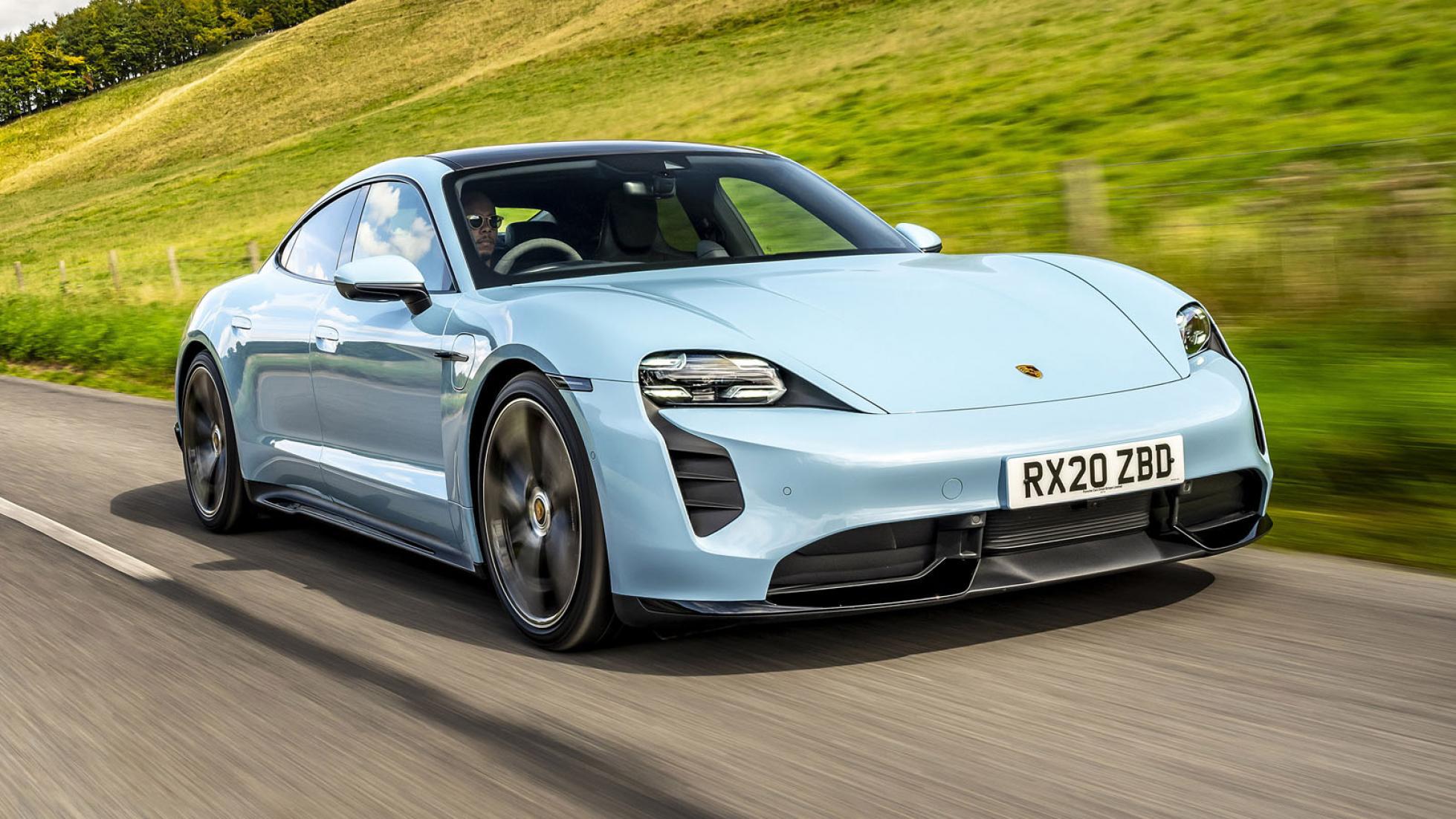
Porsche Taycan - 2019
It steers and rides better than any other sports sedan. It accelerates so hard it hurts. And it’s drop-dead gorgeous. Whatever your views on electric cars, here’s a machine it’s all-but impossible to dislike. The Porsche of EVs.
(Think the Taycan has no soul? You're wrong... Click HERE to read about the Blues Brothers)
If you do like EVs – or are open-minded enough to be converted – well this is a stunner. I recently drove a new BMW M3 and thought, “why is the throttle response so inconsistent? Why do I have to wait for boost? Why is it always in the wrong gear?” That’s what happens after you’ve driven a Taycan.
Next, Porsche will do an electric Macan. And after, an electric sportscar. Because of the Taycan, we’re OK with that.
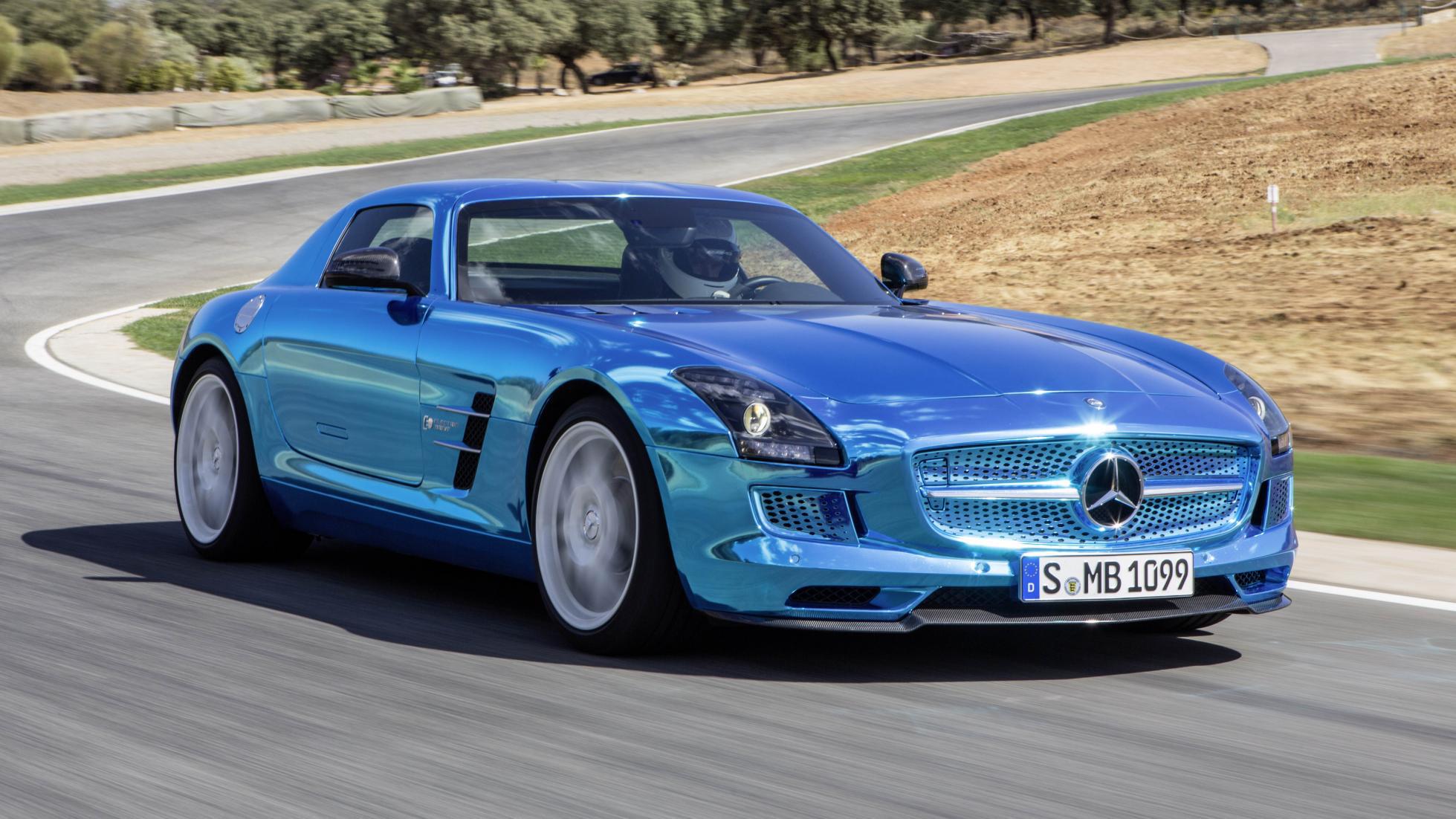
Mercedes-Benz SLS AMG Electric Drive - 2013
OK it looks like an ordinary SLS. (If a gullwinged supercar with manhood-issues proportions could ever be ‘ordinary’.) But that hides revolutionary electric tech. Each wheel had its own electric motor, giving perfect torque vectoring thanks to bewilderingly quick-witted software.
Different driving modes could call up on-rails grip or smoking oversteer. Or, presumably, the ability to spin in its own length like a skid-steer loader.
The motors totalled 750hp, making it Mercedes’s most powerful car ever. The battery came from the F1 racing team. The guys that have their dabs all over the new AMG One.
They sold only nine, but it predated the multi-motor antics of Rimac and Lotus hypercars.
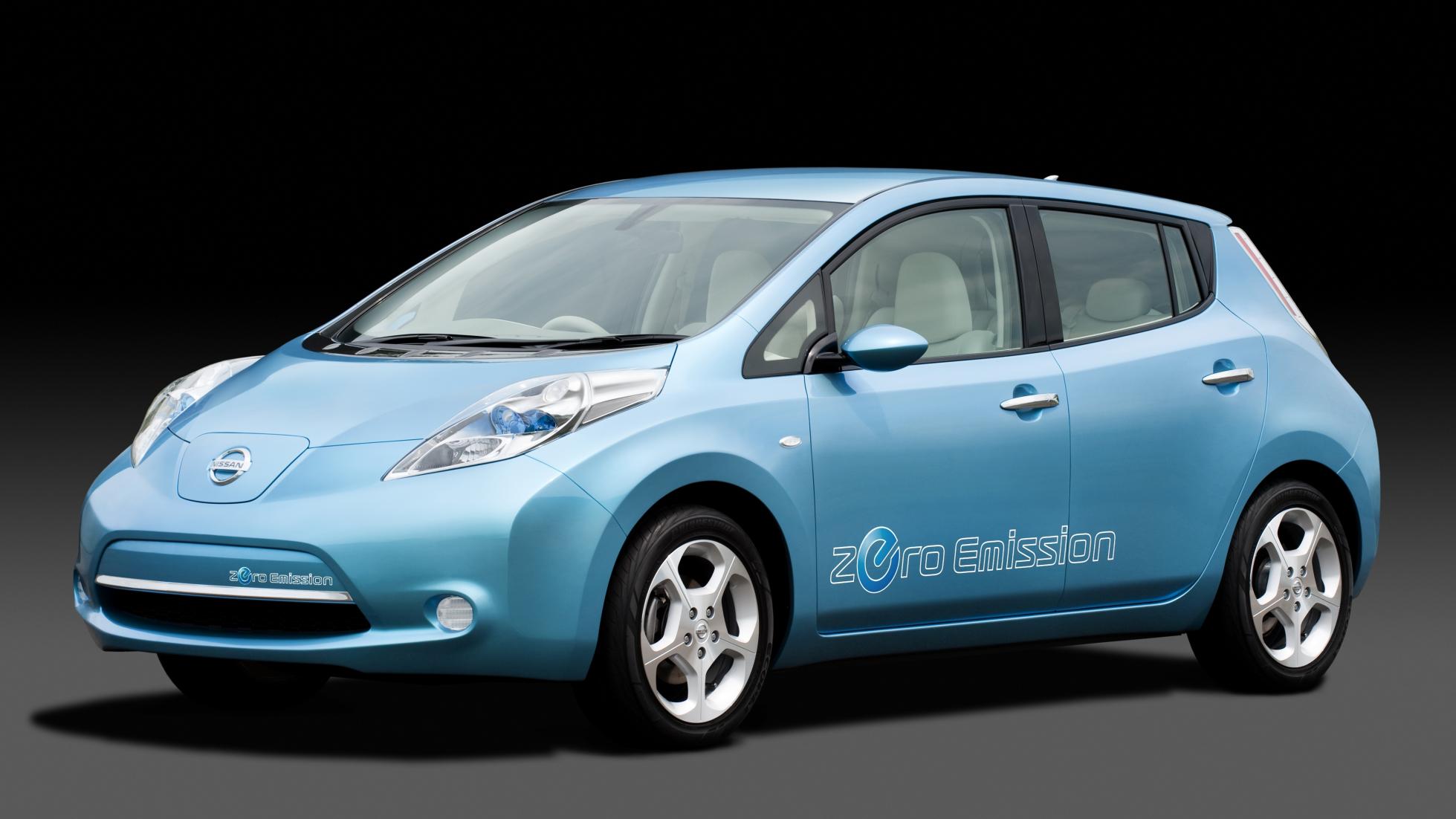
Nissan Leaf - 2010
It looked like a Martian amphibian but really the Leaf was always just an ordinary Japanese hatch. Easy to drive and easy to own.
And of course, despite the complex, pioneering drive system, utterly reliable.
Sold around the world – and built in Japan, the US and the UK – it really was a big deal.
These days we might sneer at the sub-160 miles range, but it can go further than that at city speeds. And you try driving 160 miles in a day in London or Tokyo.
It was given a new body in 2017 and the big-battery one will now go about three times as far. Even so Nissan didn’t really take advantage of its early EV lead.
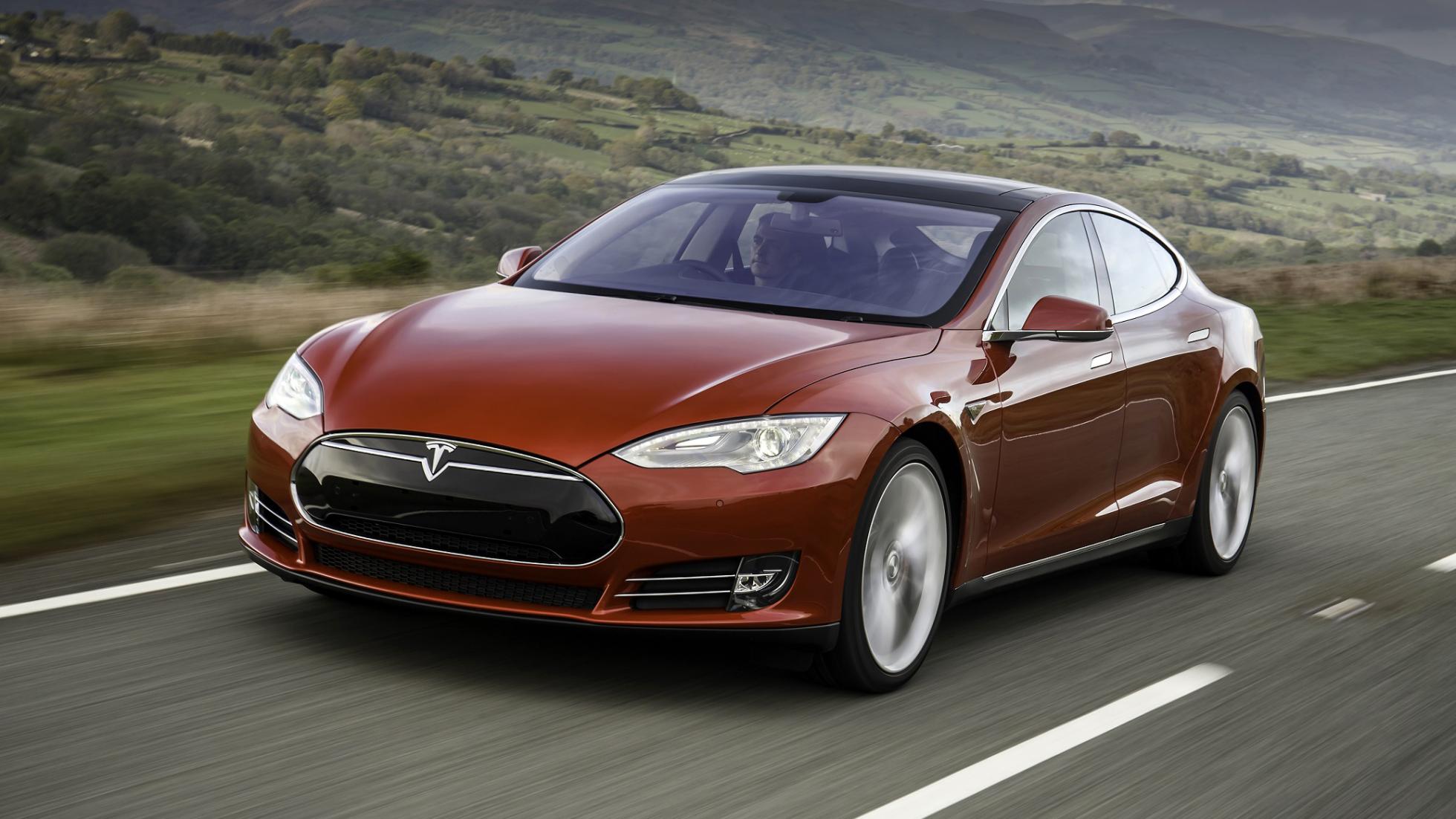
Tesla Model S - 2012
It might be worn like a badge by green-leaning, tech-savvy millionaires, but the Model S is much more than hype.
It has always been the longest-range and fastest-accelerating EV, and sometimes the quickest car of all to 95.
But it wasn’t just about the battery. It brought the world ultra-fast charging, dual-motor 4WD, inclusive electricity, the glass cockpit, highly assisted driving, and over-the-air upgrades.
A steady stream of improvements in batteries, electronics, motors and software kept it ahead of the game.
Indeed when, in 2022, Mercedes introduces the EQE and Audi the A6 e-tron, their sedans will still have to beat the Model S in its 10th year.
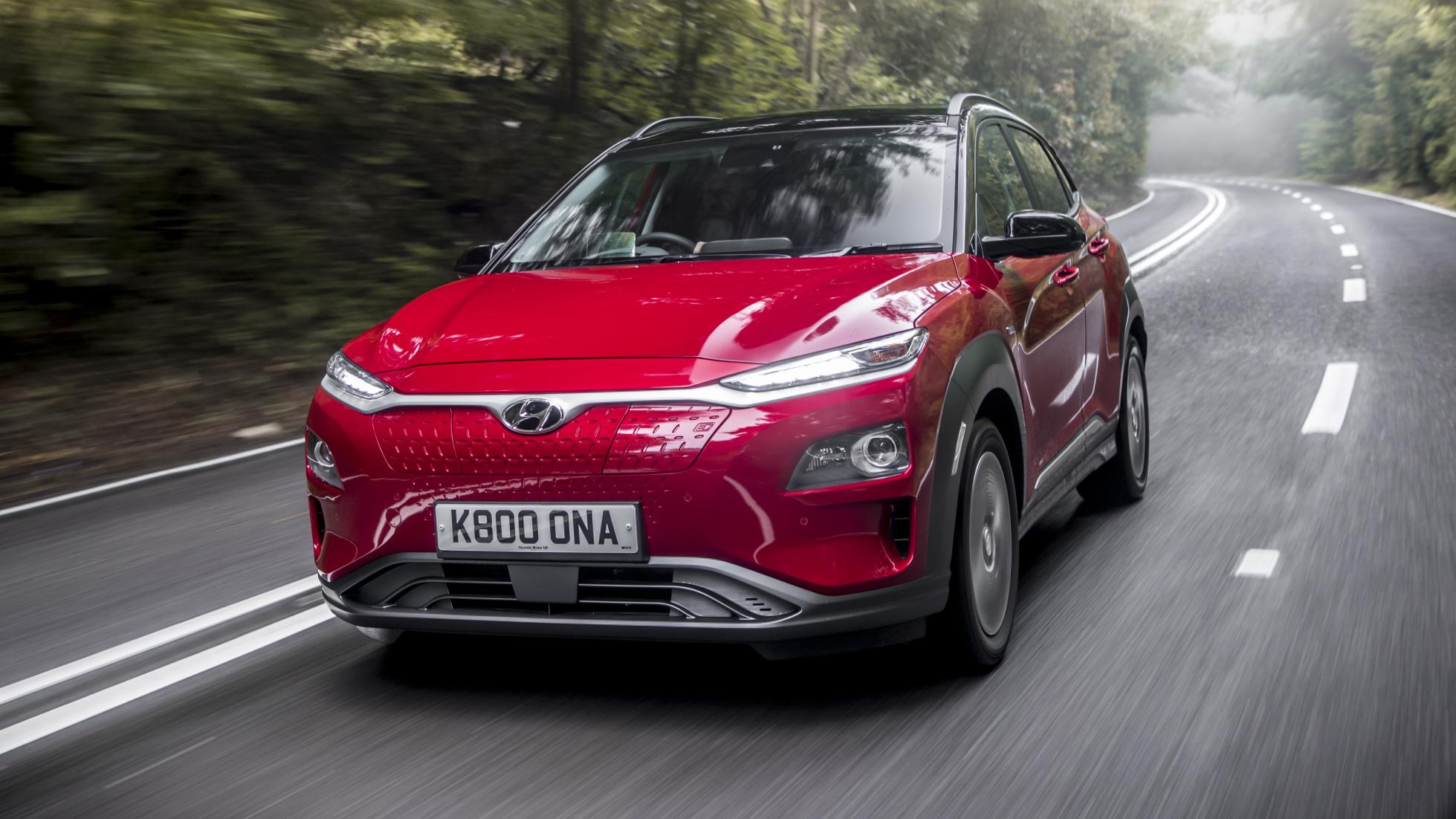
Hyundai Kona Electric - 2018
Basically, the anti-i3. The Kona has the body of an ordinary little crossover. Which of course is just the thing hordes of people want. And even though it’s small and wasn’t engineered at the outset to be EV-only, they still managed to stuff a socking great 64kWh (net) battery in there.
The Koreans are superb at managing motors and electronics to get loads of range. Like, 485km WLTP in the facelift version. At the time of its launch, there was nothing around that could match its range-to-price ratio.
It doesn’t have magically finessed driving dynamics nor a stupefyingly gorgeous interior, but it was a pathfinder nonetheless.
STORY Paul Horrell






